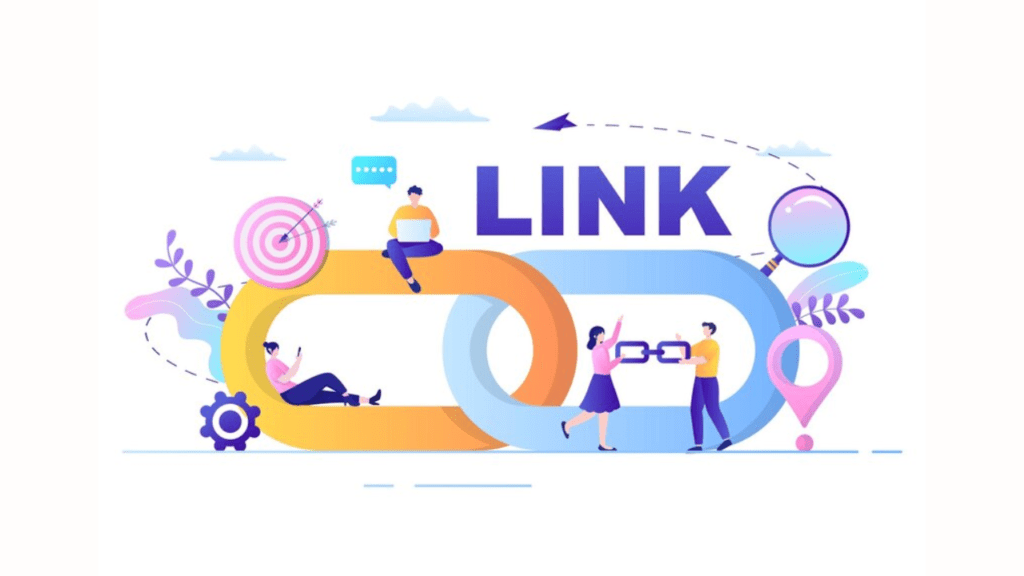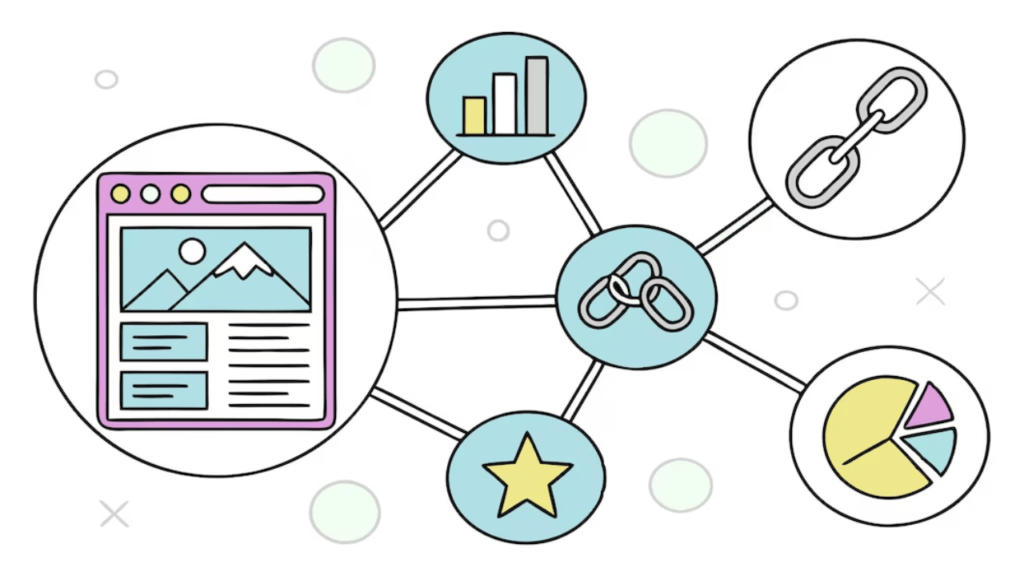
Introduction
Internal linking is one of the most powerful yet often overlooked SEO techniques. When done right, it improves website navigation, enhances user experience, and boosts search engine rankings. But what exactly are internal linking strategies, and how can you use them to optimize your site?
In this guide, we’ll explore the best internal linking practices, explain how they impact SEO, and provide actionable steps to implement them effectively. Whether you’re a blogger, an e-commerce store owner, or a digital marketer, mastering internal linking strategies will give your website the SEO boost it needs.
What is Internal Linking?
Internal linking refers to the process of connecting one page of a website to another page on the same domain. These links help both users and search engines navigate the site efficiently.
There are three main types of internal links:
- Navigational Links: Found in menus, sidebars, and footers to guide users.
- Contextual Links: Placed within content to connect related topics.
- Footer Links: Used for site-wide navigation, linking to key pages like contact or privacy policy.
A well-planned internal linking strategy ensures that search engines understand your site’s structure and distribute link equity (ranking power) effectively.
Why Are Internal Linking Strategies Important for SEO?

Effective internal linking is crucial for:
1. Enhancing Website Structure
A clear linking structure makes it easier for users and search engines to navigate your website. This improves indexing and ensures all pages receive proper visibility.
2. Improving User Experience (UX)
When visitors find relevant content easily, they stay longer on your site, reducing bounce rates and increasing engagement—both of which positively impact SEO.
3. Boosting Page Authority
Internal links pass link juice (ranking power) from high-authority pages to lesser-known pages, helping them rank higher on search engines.
4. Supporting Keyword Optimization
Using keyword-rich anchor text in internal links reinforces the topic relevance of linked pages, helping search engines understand content better.
Best Internal Linking Strategies to Improve SEO

1. Use a Logical Site Structure
A well-organized site architecture ensures search engines can crawl and index all pages efficiently. Follow a silo structure, where content is grouped into relevant categories and subcategories.
Example: A digital marketing website could have silos like:
- SEO → On-Page SEO, Technical SEO, Internal Linking
- Content Marketing → Blogging, Copywriting, Content Strategy
- Social Media → Facebook, Instagram, LinkedIn Marketing
This hierarchical structure makes internal linking more intuitive and beneficial.
2. Link to High-Priority Pages
Not all pages are equally important. Identify high-value pages (e.g., product pages, cornerstone content, or lead generation pages) and link to them frequently from relevant posts.
Pro Tip: Use Google Analytics to find pages with high engagement but low traffic and improve their visibility with internal links.
3. Use Keyword-Rich Anchor Text
Anchor text is the clickable text of a hyperlink. Instead of using generic phrases like “click here,” use descriptive, keyword-rich anchor text to boost SEO.
Good Example: Check out our guide on internal linking strategies to improve your SEO.”
Bad Example: Click here to read more.”
4. Implement Contextual Linking in Blog Posts

Contextual links are embedded within the content and direct readers to related articles. This keeps users engaged and improves topic relevance.
Example: If you’re writing about on-page SEO, you can internally link to a related post on meta tags optimization.
Best Practice: Add at least 2-5 contextual links per blog post to enhance navigation.
5. Avoid Orphan Pages
An orphan page is a page that has no internal links pointing to it, making it difficult for search engines to find.
Fix: Regularly audit your website and ensure all important pages are internally linked from at least one relevant page.
6. Use Breadcrumbs for Better Navigation
Breadcrumbs show a user’s path within a website, improving navigation and user experience. They also help search engines understand site hierarchy.
Example of Breadcrumbs:
Home > Blog > SEO Tips > Internal Linking Strategies
7. Limit the Number of Links Per Page

Too many internal links on a page can dilute link equity and overwhelm users. A good rule of thumb is to keep the number of internal links between 100-150 per page, including menu and footer links.
Tip: Prioritize linking to the most relevant and high-value pages rather than linking excessively.
8. Update Old Content with Internal Links
Regularly revisit old blog posts and insert links to newer, relevant content. This boosts SEO and drives traffic to fresh pages.
Example: If you publish a new guide on SEO trends in 2025, go back to older SEO-related posts and add links to the new guide.
9. Use Internal Links to Improve Conversion Rates
Strategically place internal links to landing pages, product pages, or contact forms to guide users toward conversion.
Example: If a blog post discusses email marketing, include an internal link to your email marketing service page.
10. Leverage Internal Links for Mobile SEO

Since mobile users rely on tap-friendly navigation, ensure that internal links are spaced well and easy to click on smaller screens.
Tip: Use responsive design and Google’s Mobile-Friendly Test to check usability.
Conclusion
A well-executed internal linking strategy is a game-changer for SEO. By structuring your site logically, using keyword-rich anchor text, and linking to high-priority pages, you can enhance user experience and boost rankings.
Start optimizing your internal links today and watch your website gain authority, engagement, and traffic!
FAQs
1. What is the best way to implement internal linking for SEO?
The best way to implement internal linking is to use a logical site structure, incorporate keyword-rich anchor text, and ensure that high-value pages receive the most internal links. Additionally, updating old content with new internal links and avoiding orphan pages can significantly improve SEO.
2. How many internal links should I include per blog post?
There is no strict rule, but 2-5 internal links per 1,000 words is a good practice. Avoid excessive linking, as too many links can dilute link equity and overwhelm readers. Focus on linking to relevant and high-value pages.
3. Can too many internal links hurt SEO?
Yes, excessive internal links on a single page can confuse search engines and users. Google recommends keeping the total number of links per page under 100-150, including navigation and footer links. Prioritize quality over quantity.
4. How do I find orphan pages on my website?
You can find orphan pages by using SEO tools like Google Search Console, Ahrefs, or Screaming Frog. These tools help identify pages that have no internal links pointing to them, allowing you to fix the issue and improve crawlability.
5. Should I use the same anchor text for internal links every time?
No, using the same anchor text repeatedly (exact-match linking) can appear unnatural and lead to keyword stuffing. Instead, use varied but relevant anchor texts that naturally fit within the content while still describing the linked page accurately.







